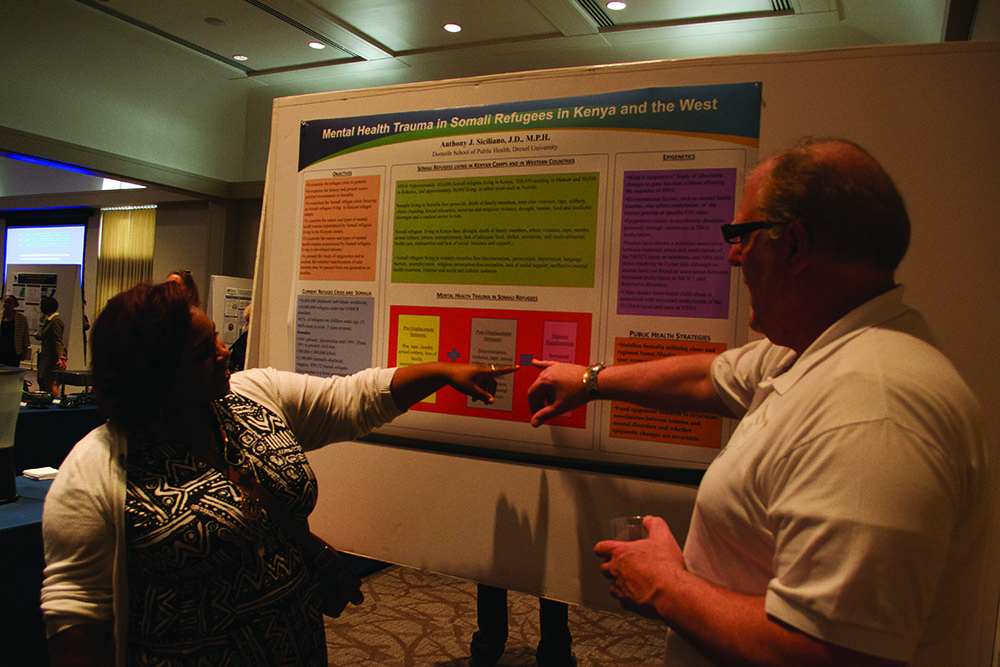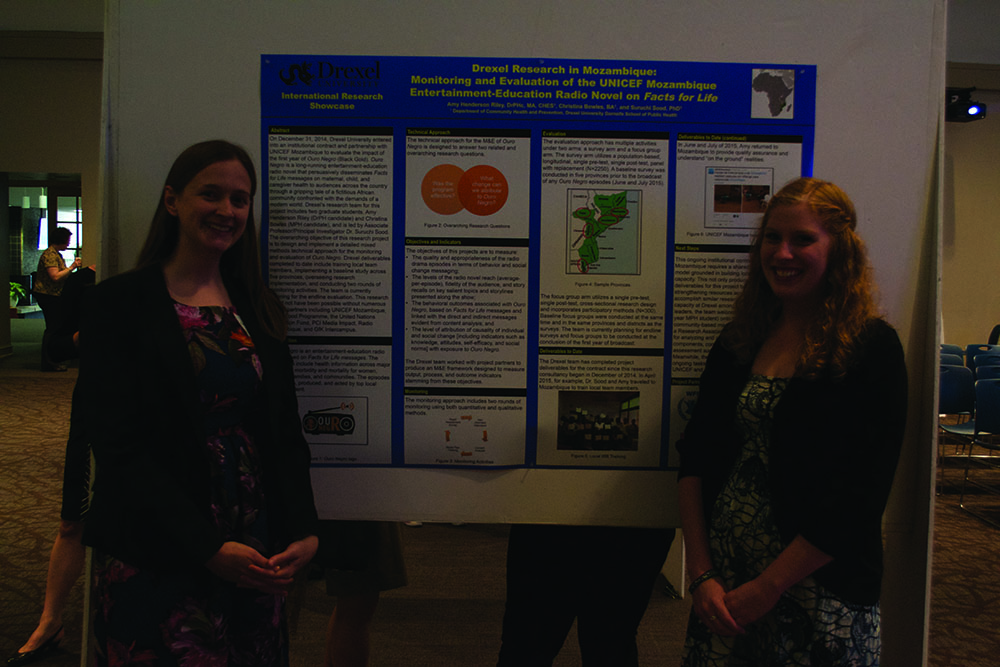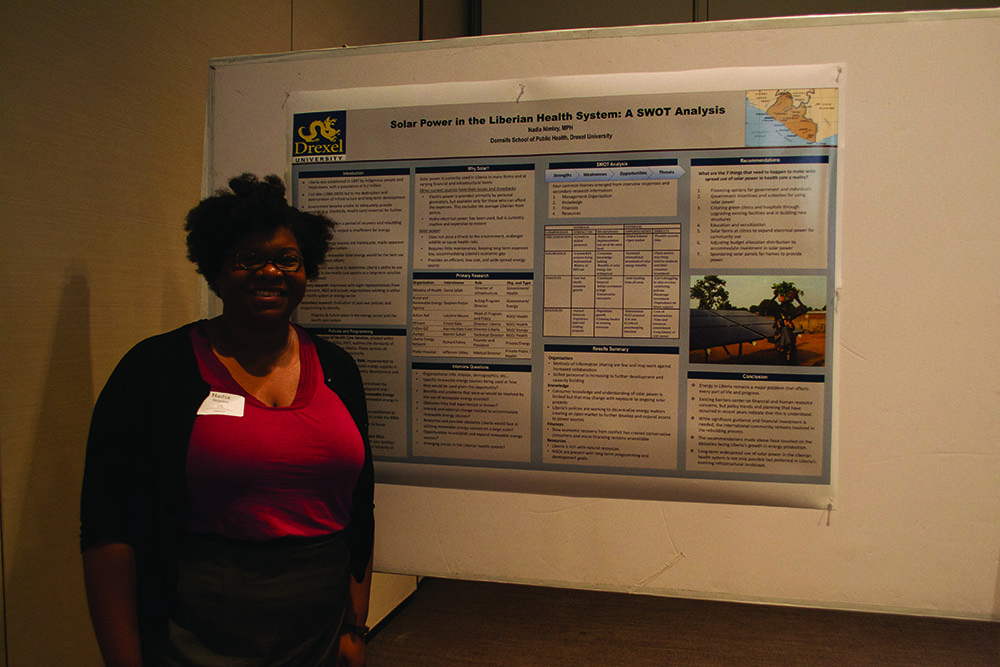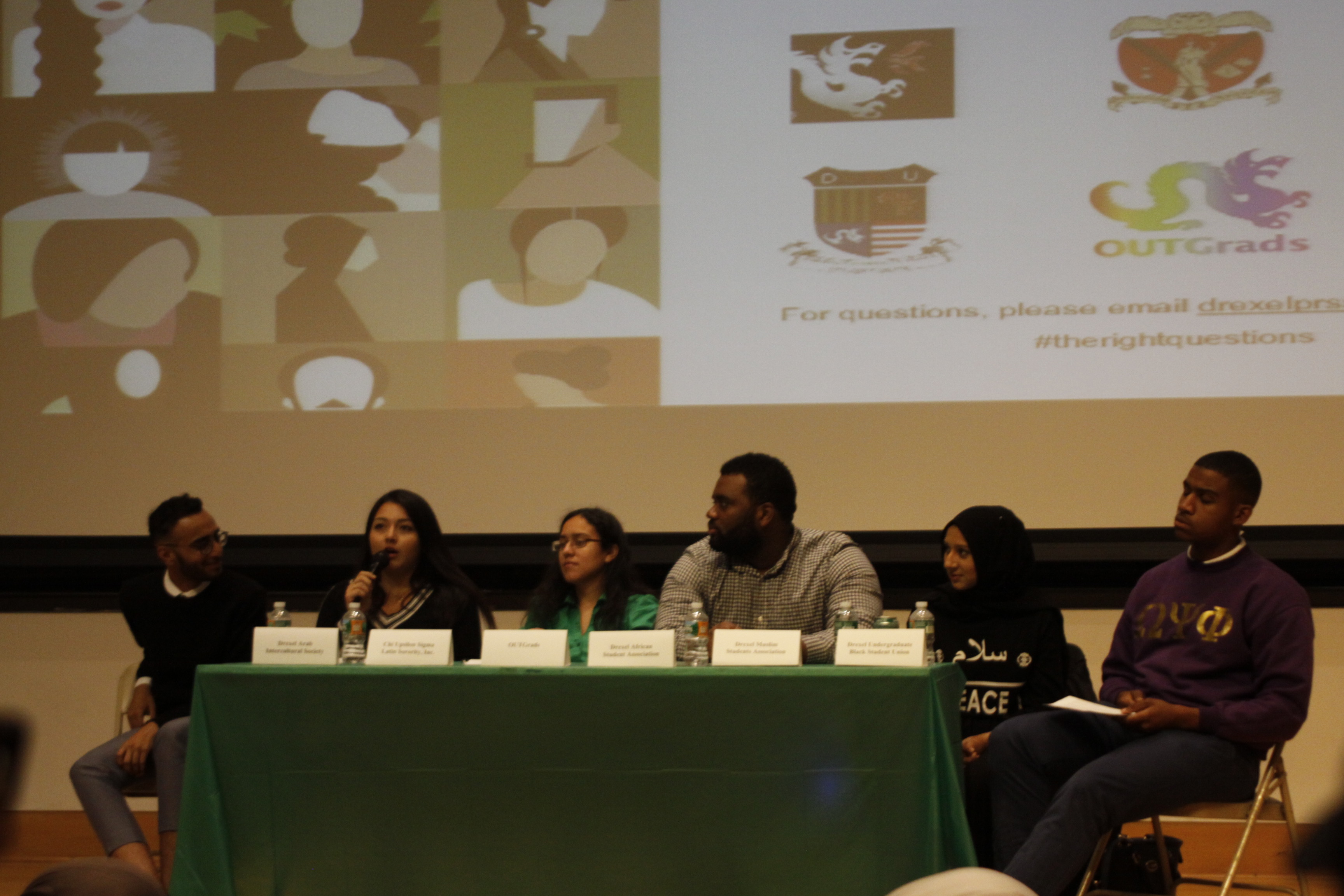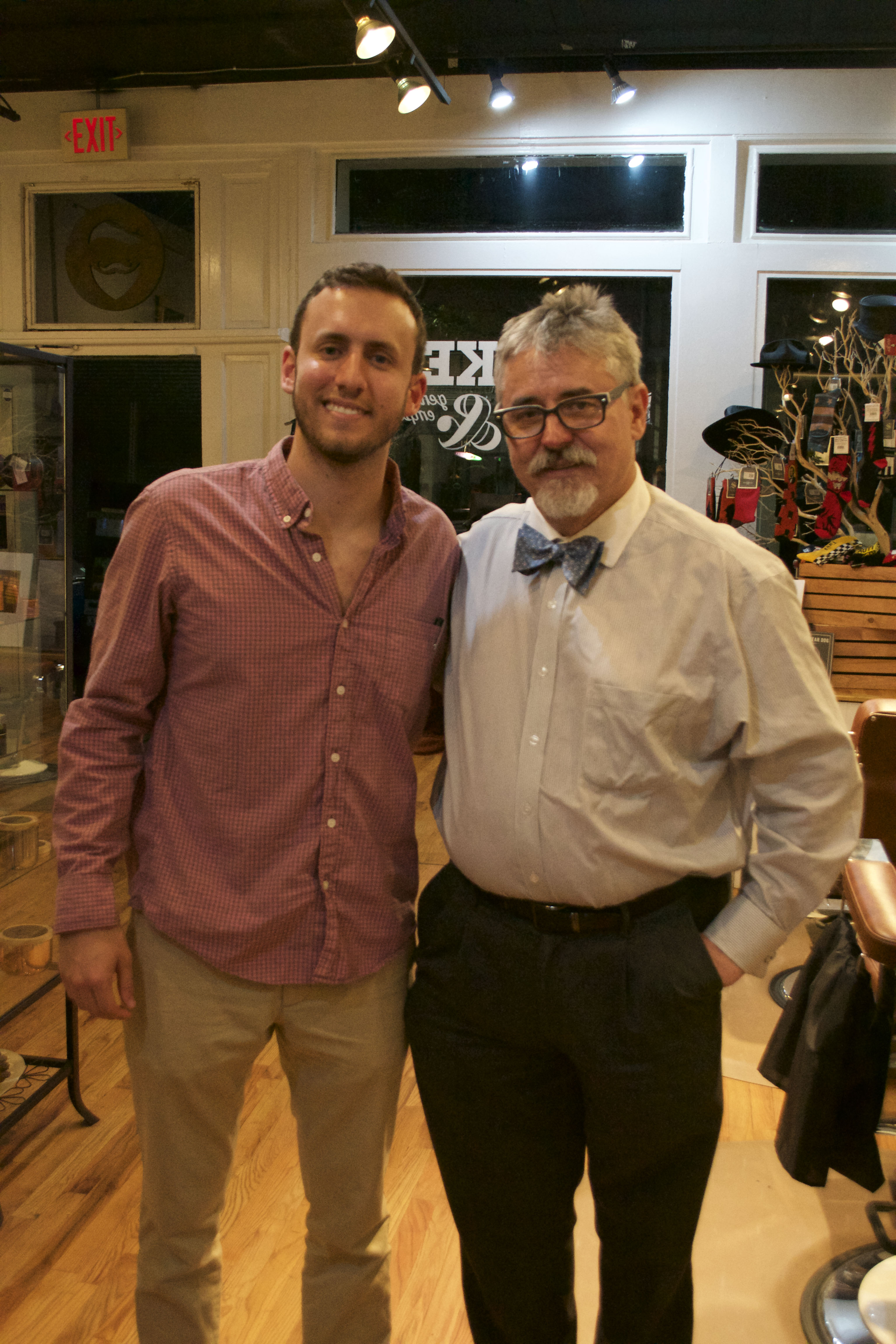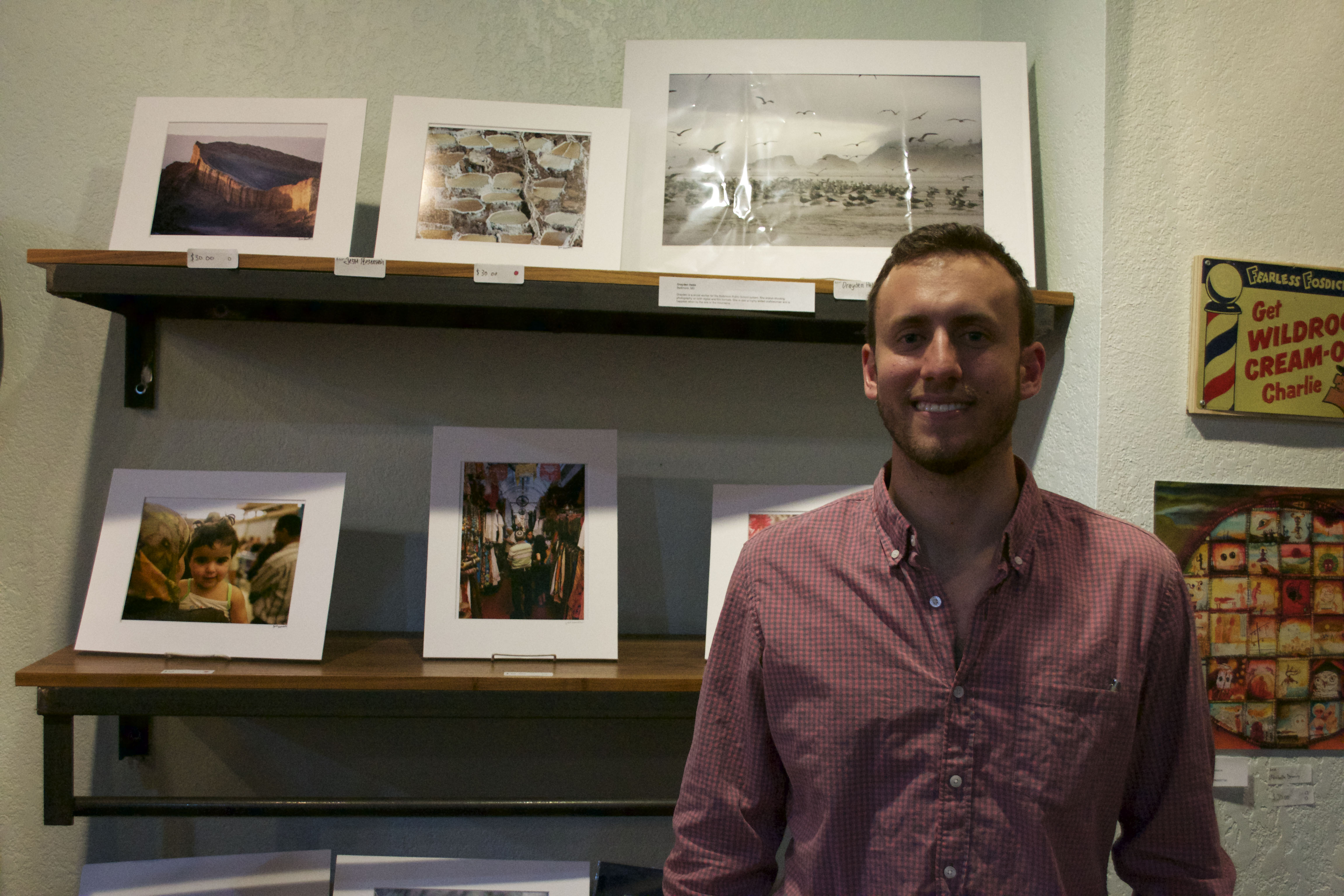Posted on 06 May 2016.
The first known case of Zika hit Philadelphia Feb. 29. Since then, the number of cases reported in Philadelphia has risen to 16. The increasing case load in the United States and areas close to Drexel University has brought up many questions. First, what is Zika? Why is it so prevalent? Is Drexel at risk? How should students and other community members feel about this and other possible diseases outbreaks?
According to the CDC, the total number of documented Zika cases remained at 14 from its discovery in 1947 until 2007. In the time since 2007, Brazil alone has reported an estimated 500,000 to 1,500,000 cases and the number of countries reporting sightings of the disease has increased from five to 44. The United States and its territories have also felt the effects of its explosive growth. The US has seen around 1000 cases of Zika with 16 in Pennsylvania. As of Feb. 1 the Director-General of the World Health Organization (WHO) has classified Zika and its related disorders as a Public Health Emergency of International Concern and the April 13 publication of the New England Journal of Medicine presents strong statistical evidence supporting a link between the Zika virus and the potentially life-threatening diseases such as Guillain-Barre Syndrome and microcephaly.
Zika virus on its own is not deadly in most cases. In fact, the vast majority of victims only have to deal with mild symptoms including headache, body aches, fever and rash. These symptoms are short lived, lasting under a week in most cases of infection.
Zika’s real danger stems from related life-threatening complications. Two distinct disorders are likely connected to Zika infection, both potentially deadly.
The first of those complications is a neurological disorder called Guillain-Barre syndrome (GBS). The most dangerous symptom of GBS is paralysis; nearly a quarter of all afflicted individuals report some muscle paralysis over extended periods of time and in severe cases full-body paralysis has been reported. Patients with this severe form of the disease often have trouble breathing, making the condition life-threatening.
Columbia had 242 cases of GBS per year on average before 2007 but in just the first five weeks of 2016 the country reported 86 new cases, a 400 percent increase from the average monthly caseload in the past. Columbia is also the second most affected country in terms of the recent Zika outbreak. Though the evidence has not been fully confirmed, studies done on patients affected by an outbreak of the virus in French Polynesia in 2013 suggested a correlation between Zika and GBS.
The second and more common complication related to Zika, a birth defect called microcephaly, can affect the children of women infected with the virus during pregnancy. Microcephaly describes a condition wherein the affected infant’s head and brain cannot fully develop or could be damaged during development. A baby with microcephaly may seem otherwise healthy at birth, but later manifest problems including epilepsy, cerebral palsy, learning disabilities and even blindness or deafness. In severe cases, the birth defect can threaten the life of the child. There is no cure or standard treatment for microcephaly.
There have been few scientific studies on any possible link between Zika and microcephaly, but researchers found a statistically significant correlation between the increasing caseloads of both Zika and microcephaly. Prior to 2015 in Brazil, the average number of microcephaly cases per year was 166. However, between 2015 and Jan. 2016 there were a reported 4,783 cases of microcephaly including 76 deaths.. The figures are staggering. But how can an unborn baby be affected by the virus? The results of case studies have suggested transmission of Zika from an infected pregnant parent to their unborn children. Scientists have also found a correlation between Zika infection in pregnant people and microcephaly in their children.
The links between infection and debilitating complications are now clear and it is in these complications that the danger lies. The Zika epidemic doesn’t consist of just one disorder, but actually presents a toxic trio of issues: Guillain-Barre Syndrome, microcephaly, and the Zika infection itself.
What makes the incidents of Zika since 2007 so much greater than before? The numbers seem impossible. Only a dozen cases occurred in the span of 60 years, and then there was an explosion of cases in eight years. Why so many more cases of microcephaly and Guillain-Barre Syndrome? The numbers raise more questions than they do answers, and there hasn’t been enough research done to answer these questions. The epidemic is so widespread and so new that the research being done focuses on prevention rather than cure.
Many factors make Zika different from other infectious diseases with outbreaks of similar proportion. It has a much larger-than-average capacity to spread uncontrollably because it transmits primarily though Aedes mosquitoes. They are geographically distributed near the equator, but the northern limit of their habitat stretches into the southeastern United States, meaning that the disease could be spread by mosquitoes in the U.S.
Zika can also be transmitted sexually. There have been eight reported cases of sexually transmitted Zika virus in the United States.
The good news for everyone is that no case of Zika in the United States has been transmitted by a mosquito within the country’s borders. All of these individuals were infected while travelling in an affected area.
Zika is something called an ‘arbovirus,’ which stands for ‘arthropod-borne virus.’ For most arboviruses humans are dead-end hosts, meaning that the virus cannot copy itself in the human body quickly enough to re-infect arthropods (mosquitoes in this case). However, some historic diseases closely related to Zika including yellow fever and dengue fever are exceptions to this rule. There has not been enough research to definitively answer the question of mosquito reinfection for Zika, but if a mosquito could be infected from biting an infected human then serious considerations must be made in preventing the spread of the disease. This is an important topic and area of future research for the Zika virus.
The final and the most important question is, “Is Drexel safe?” Drexel students are safe; there are likely very few people on campus who should be worried about Zika. Not a single person in the U.S. has contracted the disease from a mosquito inside the United States, making the probability of mosquito-borne infection in Philadelphia incredibly low.
“When I was travelling over Winter break every airport was freaking out about [Zika]… I was in London, Dublin, Brussels, New Delhi, and Bangalore,” frequent traveler Ridhima Phukan said.
The Office of International Co-op confirmed that Drexel currently has no co-op programs in South America, where Zika has become prevalent.
When asked if she was personally worried about Zika, Phukan said she was not. “Honestly, no. Not at all,” Phukan stated.
Viruses like Ebola, with a fatality rate near 50 percent, and Zika, which causes birth defects in fairly large numbers are not causes of concern for U.S. citizens.
“It wasn’t something that felt close enough to me to freak me out,” Ridhima stated when talking about the reasons behind her lack of fear.
In the United States there is virtually no chance of contracting the disease. So far, the disease was only present in those US citizens who had travelled to an affected area or whose sexual partner had travelled to an affected area.
The WHO currently has no treatment for the disease other than mosquito prevention, but the race is on to find a way to control and stop the outbreak. Drexel is safe, and the rest of America is relatively safe as well, but comprehension of the virus and its consequences is vital to everyone’s ability to understand the state of world health. Keeping up-to-date with the facts can help anyone assess their risk of contracting the disease.
Further reading on Zika information and on surveillance and prevention can be found at WHO’s website or the Center for Disease Control and Prevention’s website.
The post Featured this week: Examining the impact of Zika for Drexel and the world appeared first on The Triangle.
